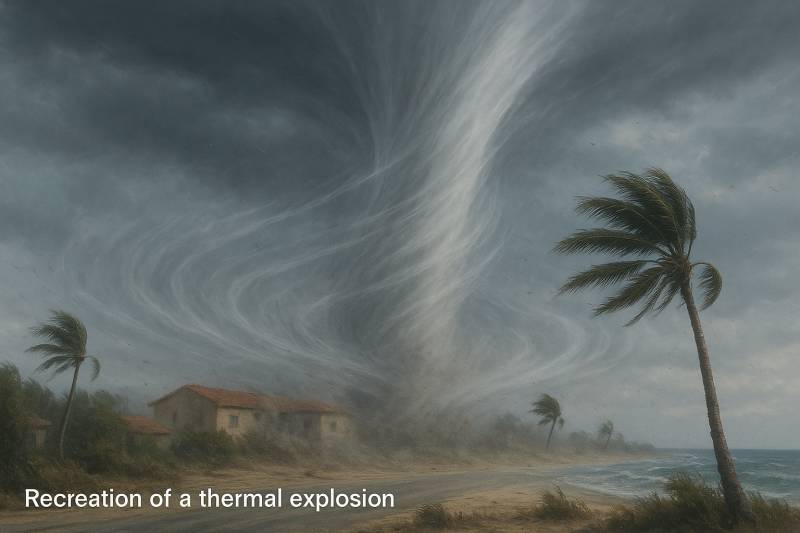

Guidelines for submitting articles to San Javier Today
Hello, and thank you for choosing sanjavier.today to publicise your organisation’s info or event.
San Javier Today is a website set up by Murcia Today specifically for residents of the urbanisation in Southwest Murcia, providing news and information on what’s happening in the local area, which is the largest English-speaking expat area in the Region of Murcia.
When submitting text to be included on San Javier Today, please abide by the following guidelines so we can upload your article as swiftly as possible:
Send an email to editor@spaintodayonline.com or contact@murciatoday.com
Attach the information in a Word Document or Google Doc
Include all relevant points, including:
Who is the organisation running the event?
Where is it happening?
When?
How much does it cost?
Is it necessary to book beforehand, or can people just show up on the day?
…but try not to exceed 300 words
Also attach a photo to illustrate your article, no more than 100kb

Near-hurricane winds hit Granada: Understanding the rare thermal explosion
Powerful sudden gusts of wind surprise the coast of Motril causing damage and prompting safety warnings
 Last Sunday, bathers and residents along the Motril coast in Granada experienced a sudden and powerful thermal explosion, marked by intense wind gusts reaching near hurricane strength. The fierce winds forced many to seek shelter and emergency services had to rescue five people struggling at sea due to rough conditions.
Last Sunday, bathers and residents along the Motril coast in Granada experienced a sudden and powerful thermal explosion, marked by intense wind gusts reaching near hurricane strength. The fierce winds forced many to seek shelter and emergency services had to rescue five people struggling at sea due to rough conditions.You might also be interested in: Soak for free in Granada's hidden thermal pool with ancient healing waters








